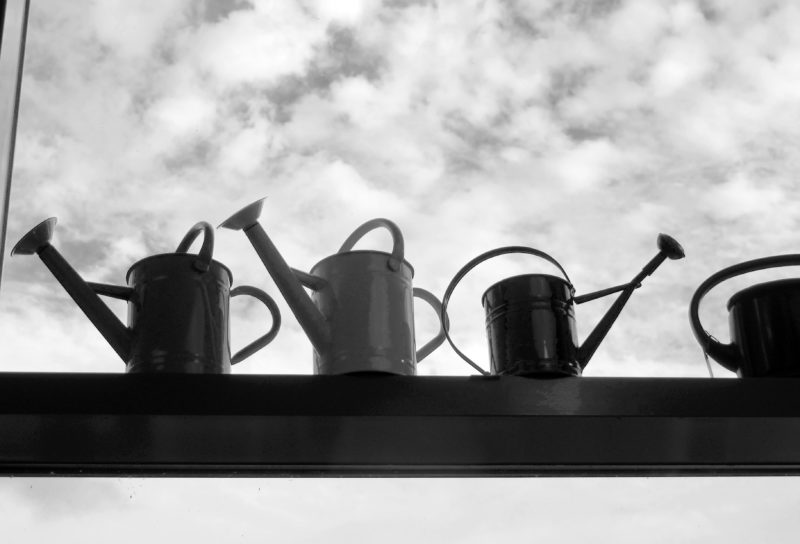
What do lies, bratwurst, bananas, giraffes, license plates, sacks, snoring, torture, knitting and corkscrews have in common? They are all someone’s idea of worthwhile topics for collecting and eventually exhibiting in a museum. https://www.cardelmar.de/blog/reiseziele/10-aussergewoehnliche-museen-deutschland No clue how you would do that for giraffes, but it obviously has been done. I have not been to any of the museums listed in the link, but one just like it: The Gießkannen Museum in Gießen, a collection of 1038 watering cans, lovingly displayed in small rooms behind a shopping center, and open for perusal a total of 6 or so hours a week.
There is something special to museums off the beaten path. For one, they are perfect to visit with young children, since the size of their attention span matches the size of the collection. Secondly, they are usually run by volunteer enthusiasts who love to talk and describe the history of why and when and how things got accumulated, often tied to local history that one might otherwise not learn. They also have a communal aspect – the original enthusiast spreads the word to get help with gathering relevant items, and the community responds. In Gießen, for example, there was a call out for watering cans before the opening of the Bundes Gartenschau in 2014 – the big national garden show – to reach a certain number of specimen proudly displayed to visitors. The call was heeded – and the diversity of the display mirrored the diversity in taste of the donors.

Speaking of taste: on my still-to-be-visited list of unusual museums is one in Thuringia, namely the Gartenzwerg (garden gnome) museum http://www.filtermeister.com/vgm/. This German staple (25 million Gartenzwerge are estimated to populate German yards alone) has morphed to something no longer derided in the wake of Susan Sontag’s analysis of Kitsch and their incorporation into the work of Jeff Koons. How can you not be curious about something that has generated an International society for the protection of garden gnomes (seated in Switzerland no less) which sets the rules for what counts as a genuine gnome? Or that has led to the Front for the Liberation of Garden gnomes, whose members steal said figures to bring them back to their natural habitat in the forests?
Well, we know what this one thinks about being a display in a museum – and I found him in the most traditional settings of all, a Schrebergarten (allotment) in Hessen.

And this concludes the week of German museums in honor of Zeitgeist Northwest. Stay tuned for next week’s topic of war and peace.





